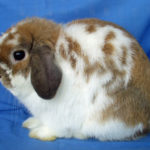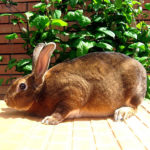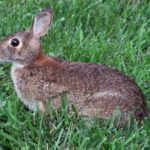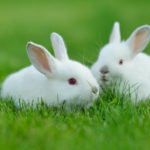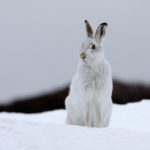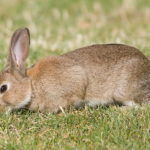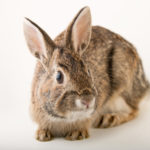Hares
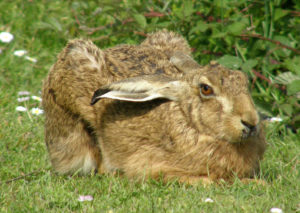 Traditionally, many have come to regard rabbits as rodents. There are 32 species of rabbits in the world, their closest relatives are rabbits. They live on all continents, except for Antarctica. With rodents they are brought together by a way of feeding and convergent (that is, caused by identical conditions of life) external similarity. Just like rodents, rabbits are exclusively herbivorous animals, eating mostly rough food.
Traditionally, many have come to regard rabbits as rodents. There are 32 species of rabbits in the world, their closest relatives are rabbits. They live on all continents, except for Antarctica. With rodents they are brought together by a way of feeding and convergent (that is, caused by identical conditions of life) external similarity. Just like rodents, rabbits are exclusively herbivorous animals, eating mostly rough food.
In summer, the basis of their diet is grass, in winter they are forced to feed on branches and bark. The rabbits are completely lacking fangs, but rapidly erasing cutters grow continuously throughout life. But there are hares and distinctive features. The digestive system of these animals is arranged in such a way that they can extract all the nutrients of the substance without residue. To do this, rabbits often eat their own droppings, skipping, so to speak, food for the second round.
Unlike rodents, hares do not have any dwellings – they do not dig holes and do not make any other shelter. But these animals have permanent habitats, which leave only in fattening years during mass migration. Hare and cacti – not a fantasy, but a common occurrence in the deserts of California and Kansas.
But there are even more exotic species of hares. For example, in the Tibetan curly hare, the wool is winding, the striped hare from Sumatra has a striped body, and the Japanese arboreal hare generally lives on trees. This animal leads a nocturnal life, feeds on low branches of trees, and breeds offspring in hollows!
All types of hares are medium-sized animals with a characteristic external appearance. Their distinguishing features are long ears and well developed hind legs. Their ears are on average longer than rabbits, but can vary greatly in size. The hare-rabbit has the shortest ears (this adaptation to life in the harsh conditions of the Arctic), they are longer for the hare, and the black-tailed rabbit inhabiting the deserts of North America is simply huge. Such long ears are necessary for him to cool in hot climates.
